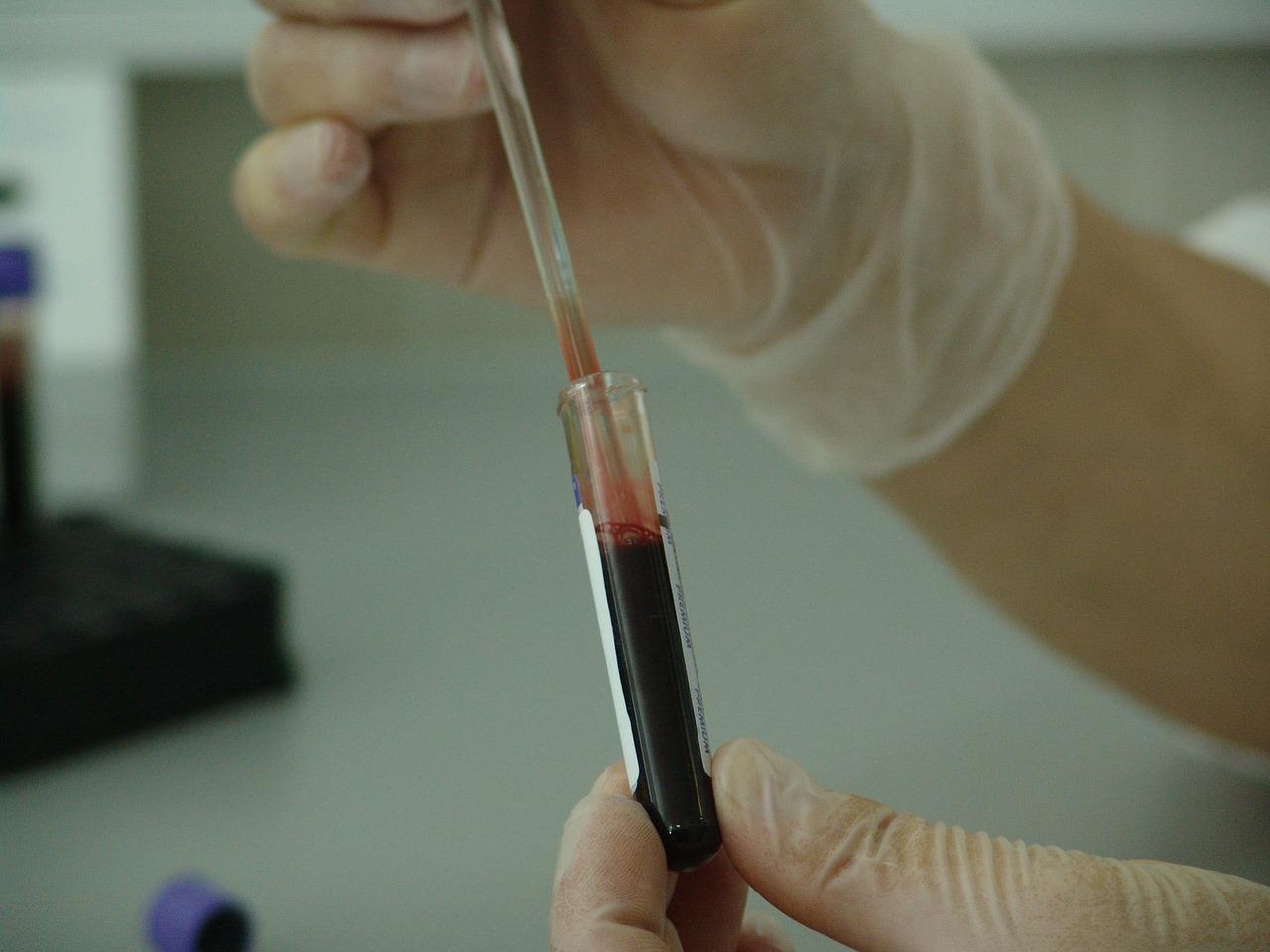New Prenatal Genetic Screens Pose Underappreciated Ethical Dilemmas
By Daniel Navon,
Scientific American
| 05. 05. 2022
Imagine you are an expectant parent. Just a couple of months into your pregnancy, you opt for an easy genetic screen. A result comes back: the fetus is likely missing a chunk of DNA at site 11.2 on the long arm of the 22nd chromosome—a variant associated with serious medical and developmental issues.
You go online and learn that at least 1 in 4,000 people have this “22q11.2” microdeletion, but the true figure may be much higher. You read about 22q11.2 deletion syndrome’s 180-plus symptoms, including heart malformations, hypocalcemia, intellectual disability, autism and schizophrenia. You discover the bewildering treatment guidelines, the specialist clinics scattered throughout the country, and the vibrant patient advocacy movement spearheaded by the International 22q11.2 Foundation.
Yet the same pathogenic variant—a genetic change or “mutation” known to cause disease—has been found in people with much milder symptoms, and some who barely seem affected at all. No one can give you solid risk factors because our knowledge of 22q11.2 deletion syndrome (also known as DiGeorge syndrome) is riddled with “ascertainment bias”: only people with telltale problems are...
Related Articles
By Grace Won, KQED [with CGS' Katie Hasson] | 12.02.2025
In the U.S., it’s illegal to edit genes in human embryos with the intention of creating a genetically engineered baby. But according to the Wall Street Journal, Bay Area startups are focused on just that. It wouldn’t be the first...
Several recent Biopolitical Times posts (1, 2, 3, 4) have called attention to the alarmingly rapid commercialization of “designer baby” technologies: polygenic embryo screening (especially its use to purportedly screen for traits like intelligence), in vitro gametogenesis (lab-made eggs and sperm), and heritable genome editing (also termed embryo editing or reproductive gene editing). Those three, together with artificial wombs, have been dubbed the “Gattaca stack” by Brian Armstrong, CEO of the cryptocurrency company...
By Emily Glazer, Katherine Long, Amy Dockser Marcus, The Wall Street Journal | 11.08.2025
For months, a small company in San Francisco has been pursuing a secretive project: the birth of a genetically engineered baby.
Backed by OpenAI chief executive Sam Altman and his husband, along with Coinbase co-founder and CEO Brian Armstrong, the startup—called...
By Antonio Regalado, MIT Technology Review | 10.31.2025
A West Coast biotech entrepreneur says he’s secured $30 million to form a public-benefit company to study how to safely create genetically edited babies, marking the largest known investment into the taboo technology.
The new company, called Preventive, is...




